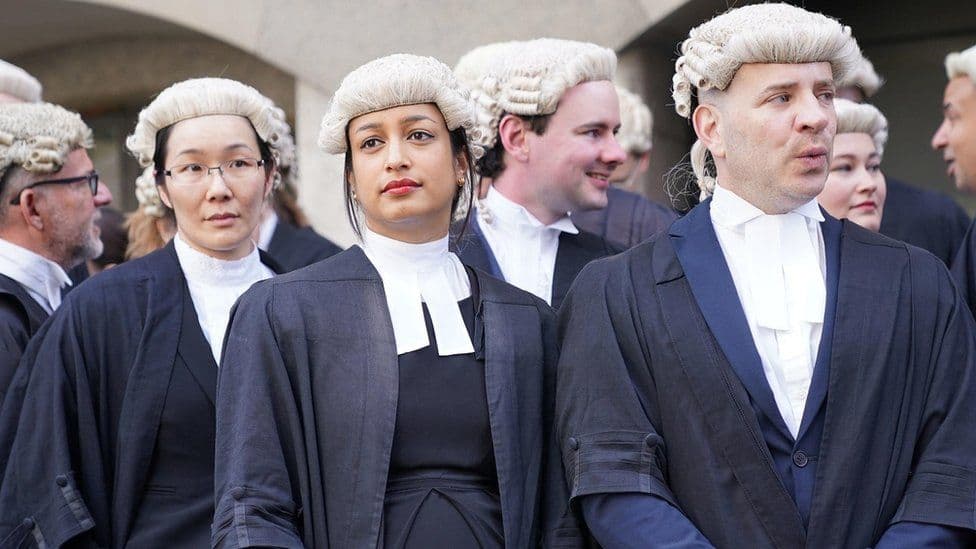The practice of wearing wigs in British courtrooms, a tradition that dates back centuries, continues to fascinate and provoke debate. This article delves into the origins and significance of this distinctive attire, offering a comprehensive overview of its historical and contemporary relevance.
Historical Background
The tradition of wig-wearing in British legal circles finds its roots in the fashion trends of the 17th century, notably during the reign of King Charles II. This period saw the adoption of wigs as a fashionable accessory, influenced partly by the French monarch Louis XIV. The initial motivation for wearing wigs was to conceal hair loss, which was often associated with syphilis, a common ailment at the time. This fashion statement quickly permeated European aristocracy and the professional classes, eventually becoming a staple of courtroom attire. Originally, British lawyers maintained a modest dress code, but the introduction of wigs marked a significant shift towards more elaborate court dress.
Rationale Behind the Tradition
The adoption of wigs in the courtroom was more than a mere fashion statement; it represented a desire to embody the dignity and solemnity of the legal profession. Wigs symbolize a commitment to anonymity and impartiality, emphasizing the law over individual identity. This tradition underscores the legal profession’s dedication to upholding justice, with the wig serving as a reminder of the barrister or judge’s role as a servant of the law.
Modern Challenges to Courtroom Attire
The relevance and appropriateness of wigs in modern courtrooms have been subjects of debate. In 2007, significant changes were proposed, with the Lord Chief Justice announcing modifications to the dress code for civil and family cases. Despite these changes, a strong sentiment exists among certain segments of the public and the legal community for the retention of wigs, particularly in criminal cases. This is evidenced by survey results published by The Guardian, which indicated a divided opinion on the matter.
Continuing Significance of Wigs
Despite evolving fashion and professional norms, wigs remain a symbol of uniformity within the British legal system. They create a visual distinction between legal professionals and the general public, reinforcing the authority and solemnity of the court. This tradition is cherished by many within the legal community for its ability to convey a sense of formality and respect for legal proceedings.
Comparative Table: Courtroom Attire Across Centuries
| Century | Attire Details | Significance |
|---|---|---|
| 17th Century | Full-bottomed wigs, simple robes | Emergence of wig tradition, signifying status and professionalism |
| 18th Century | Smaller, more styled wigs | Adaptation to changing fashion, maintaining tradition |
| 19th Century | Simplification of court dress | Focus on functionality, yet retaining symbolic wigs |
| 21st Century | Optional wigs for civil/family cases | Modernization while preserving tradition in criminal courts |
Key Points in Bullet Form
- Historical Emergence: Wigs introduced in the 17th century, reflecting societal fashion and health concerns;
- Symbolic Significance: Represent anonymity, impartiality, and the solemnity of the legal profession;
- Modern Challenges: Debates on practicality versus tradition, leading to modifications in dress code;
- Public Opinion: Divided views on retaining wigs, especially in criminal cases for maintaining formality and authority;
- Future of Tradition: Balancing historical reverence with contemporary legal practice needs.
Conclusion
The practice of wearing wigs in British courtrooms is a rich tradition that bridges the past and present of the legal profession. While its practicality may be debated, the symbolic value of wigs in promoting the ideals of justice and impartiality remains undisputed. As the legal profession continues to evolve, the future of this tradition will undoubtedly be shaped by a balance between historical reverence and the demands of contemporary legal practice.
